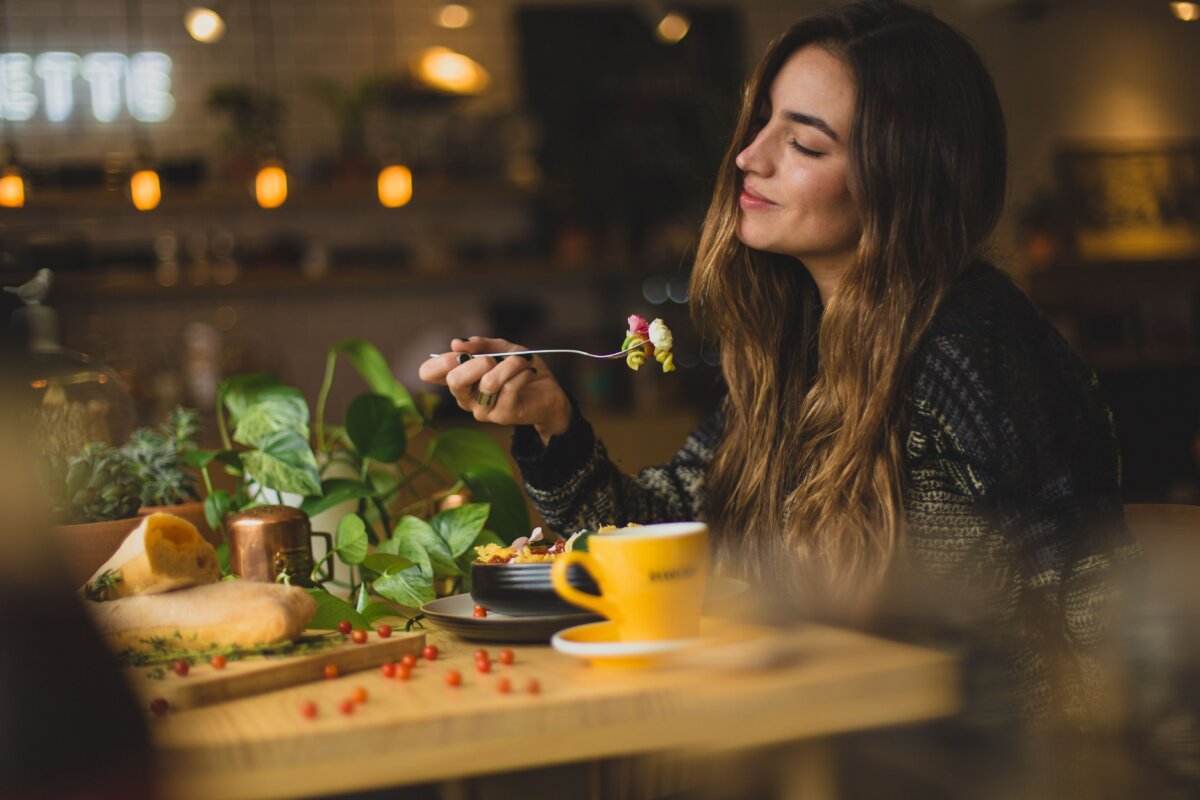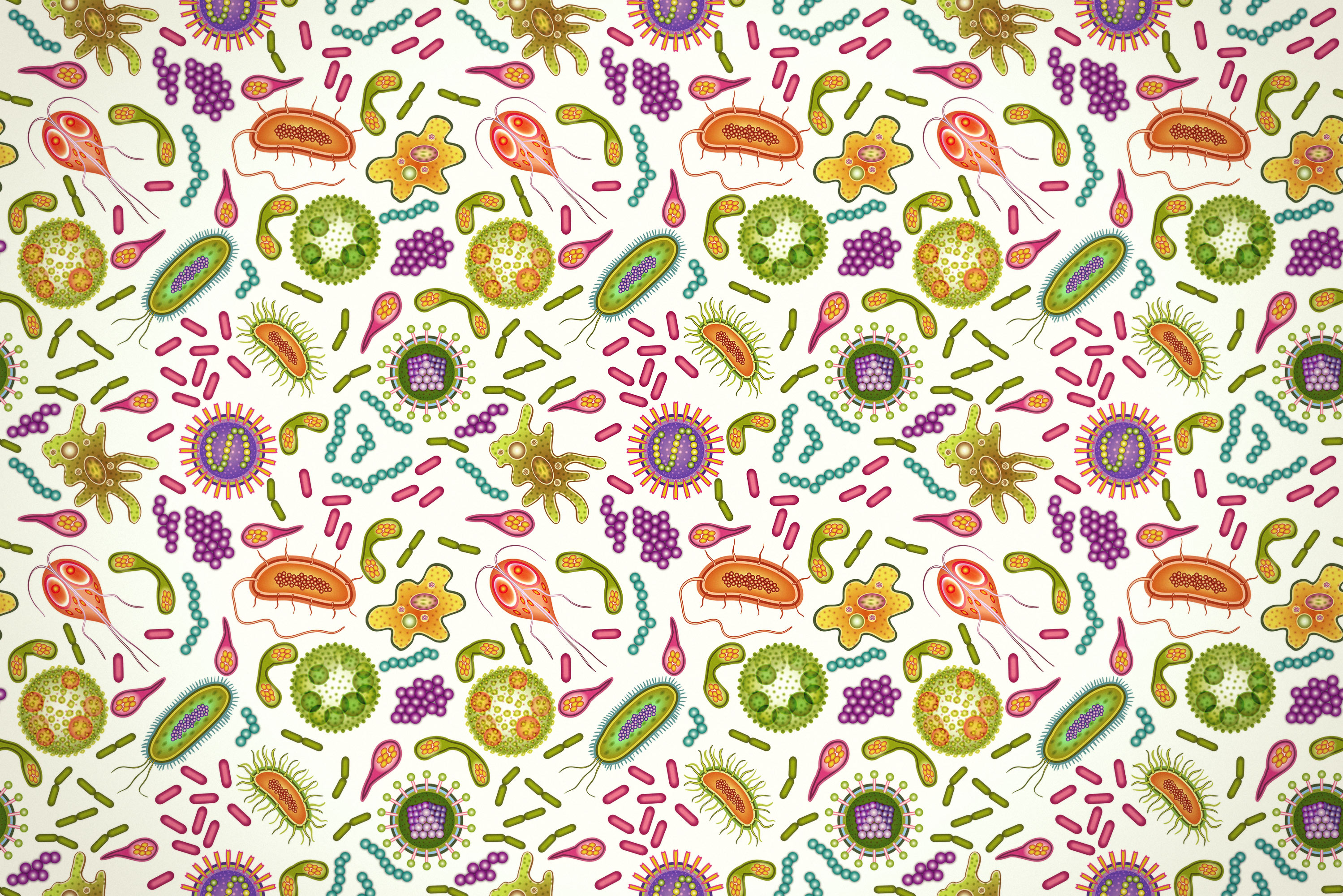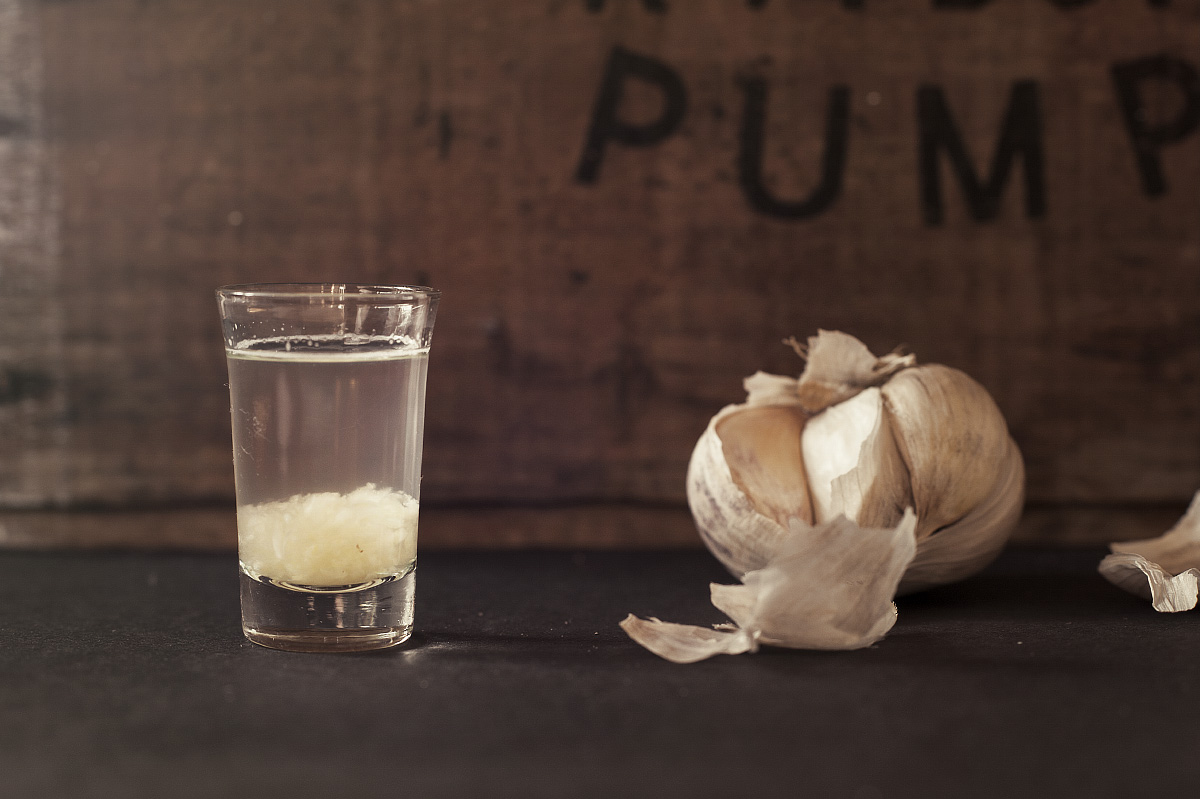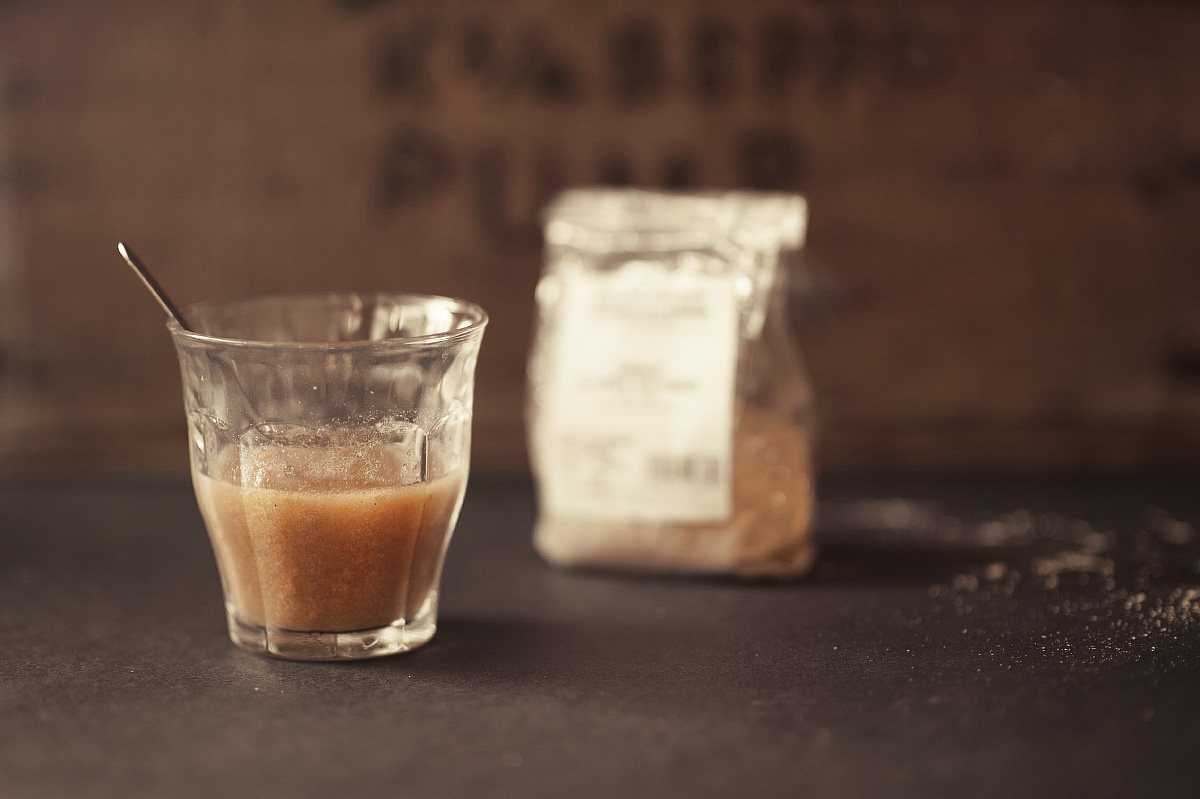
121—
Meditative Munching

We have around 1.3 — 2kg of bacteria that reside in our digestive system. And, while technically we might have these bugs ‘surrounded’, these microbial cells outnumber our human cells by ten to one!
This population of bacteria is called the gut microbiome (A.K.A. gut microbiota). We have a symbiotic relationship with these critters. We provide the gut microbiome with food + shelter, and in return, the gut microbiome ensures that everything runs smoothly within our bodies.
Note: While most numerous in our gut, bacteria also reside in your mouth, urinary tract, your vagina, and on your skin.
It is now believed that the make-up of our gut microbiome is more influential in determining our level of health than our genetic make-up! It is made of many strains (different varieties of bacteria) that produce various molecules. These chemicals are responsible for a number of metabolic processes critical for life such as nutrient assimilation (the breakdown, absorption + utilisation of food), immune function, and energy production.
The chemical signals that the gut microbiome release can also influence our emotional + mental health. More and more research is emerging that connects the health of our gut microbiome with conditions such as anxiety, depression, Aspergers, Dementia, OCD, and ADD/ADHD.
Note: The race is literally on for scientists to discover the first probiotics that will treat anxiety + depression. This sub-type of probiotics is called Psychobiotics.
These bugs are anything but free-loading. Rather than thinking of the gut microbiome as foreign or separate to us, we should consider them integral team members. (Go Team Health!)
Note: We have around 100 trillion bacteria in our body, which are made up of around 10,000 different strains at any one time.
The gut microbiome consists of:
native bacteria
(This is our permanent bacteria — which lives on our gut wall.)
This is the bacteria your ‘mumma gave you’ at birth (as well as that which we were exposed to during our first few months of life).
Acquired Bacteria
(This is our transient bacteria — that which is just passing through.)
This bacteria consists of what we have collected ourselves from ‘tummy-bugs’ we have contracted, from probiotics and/or antibiotics we have taken, and from all the people, animals, pets, places, things (food, water, and air) that we have been in contact with!
Our gut microbiome is also effected by our lifestyle (our diet, our stress levels, our sleep habits, and any medications we take).
Thus, the make-up of your microbiome is as unique to you as your fingerprints. You may even possess a strain of bacteria that no-one else on the planet has!
Note: It’s all about establishing balance. It’s okay to have bacteria that we consider to be bad such as E. coli + Helicobacter pylori as long as they are kept constantly in check. Our good bacteria simply need to outweigh the bad.
Our bacteria help us out in three main areas:
Our bacteria have a long list of chores in this area. For example they make certain vitamins (Vitamin K + B12) and amino acids, they make minerals + energy available from our food, and they regulate our gut pH.
But one of the most important functions of our gut microbiome is that they feed us! We feed them non-digestable carbohydrates, which they ferment for us. This creates short-chain fatty acids (SFMS) which feed our enterocytes — the hardworking cells that line our gut.
Without our good bacteria our gut cells would literally starve!
Our native bacteria guard us by lining our gut wall. If bad bacteria cannot penetrate the gut wall — and get inside our body — they cannot infect us.
Our bacteria provide us with a barrier to the outside world.
Please see: the Gut — Border Control box below for a more thorough explanation about what is on either side of this barrier.
Our bacteria help to ‘grow’ our enterocytes (gut cells) and our epithelial cells. (Epithelial cells line hollow organs + glands, and they also make up the outer surface of our body.)
Our bacteria also help to develop (and regulate) our immune system.
Imagine your gut is ‘Border Control’. Your gut is responsible for monitoring and regulating what gains entry into your body from the outside world. (Your digestive tract is technically external to your body.) It’s not until a substance is ‘allowed’ to cross the lining of your gut — and enter the bloodstream — that it is actually inside your body.
Therefore, your gut not only separates us from potential dangers in the environment in which we live, but it also orchestrates the whole process of nourishing and replenishing us. If your gut health is compromised, it has a profoundly negative effect on your general wellbeing.
Do you sometimes feel like you literally have no control over your cravings? Well, there might actually be a biological reason for this! Bad bacteria can override your brain function (and therefore your behaviour) by releasing signalling molecules into our gut. These molecules ‘talk’ to the immune, endocrine and neural pathways of the brain-gut-microbiota axis. And while this theory is still being developed by scientists, it is believed that having a ‘leaky gut’ may facilitate this communication.
The following are four very crafty ways that bacteria can stage a take-over:
They can draw you toward the food that they find appealing!
Bad bacteria can make your brain send out more hunger-boosting hormones — amplifying your hunger.
Bad bacteria can send a direct message to your brain via your vagus nerve. (A nerve that runs between your gut + brain.)
The bad bacteria release chemicals that make us feel good! (They can also punish us if we don’t ‘behave’ — by releasing toxins that make us feel bad.)
Blood + stool testing to determine our microbiome profile will become standard practice.
If deficits in our microbiome are determined, we will be prescribed certain strains of bacteria to either help treat — or even prevent certain diseases!
Note: Don’t be surprised if this treatment is administered via faecal microbiota transplantation (FMT). Yes – this is where a healthy person kindly donates their ‘poo’ to you – so that it can be lovingly placed into your unhealthy gastrointestinal system.
Gastrointestinal conditions
Constipation
Diarrhoea
Bloating
Nausea
Irritable Bowel Syndrome (IBS)
Colitis
Bowel disease
Crohn’s disease
Ulcerative disease
Gastroesophageal reflux disease (GERD)
Skin conditions
Psorasis
Eczema
Rashes
Mental Health
Anxiety
Depression
OCD
ADD/ADHD
Aspergers
Dementia
Miscellaneous conditions
Obesity
Hormonal complaints
Gum disease
Allergies
Asthma
Diabetes
Autoimmune disease e.g Rheumatoid arthritis
Heart disease
Cancer


Keep your good bacteria coming back for more by feeding them up on the foods they love to devour!
Radishes, carrots, asparagus, garlic, artichokes, sauerkraut + kimchi
Berries + apples + pineapple
Greek yoghurt + sourdough + miso
Note: Make sure your sauerkraut hasn’t been pasteurised.
If you’re enjoying this blog-post, you might also find this interesting: Kombucha or CONbucha?
Probiotics only work short-term. This means that they only work while you take them — they will not effect permanent change once your course is completed. It’s unfortunately not that simple to implant good bacteria into the microbiome.
Also, you’ll remember that you can have as many as 10,000 different strains of bacteria in your body at any one time. We are clearly limited by the few strains of probiotics products currently available.
Note: Always consult your Naturopath to determine the type of bacteria that would be best for your particular health complaint (given the current level of understanding). A Naturopath can also advise you on dosage, and discuss the limitations of simply relying on probiotic products without taking other necessary measures.
Not only will this prevent food intolerance, but by eating a diverse diet you will gain a diverse microbiome.
People who have a greater number of different bacterial strains in their body enjoy better health and suffer less disease. Boosting your good bacteria will ensure you feel better overall — not just physically but mentally + emotionally also.
This is one of the simplest ways you can makeover your microbiome!
You can potentially turn-around your health within only a few days of making this change.
Like us, bacteria are sensitive wee souls and need love + care + attention. They cannot thrive if you have long-term stress, too little sleep, too little exercise, and not enough ‘down-time’.
True story.
Lisa Fitzgibbon is a degree qualified (2006), experienced and registered Naturopath & Medical Herbalist. She runs her own private practice – OOMPH in Grey Lynn, Auckland, New Zealand.
Lisa has been involved in the Natural Health industry for 16 years. She draws on her professional training and experience, as well as her own personal experience to bring you realistic, holistic health advice.
Book onlineKelly JR, Kennedy PJ, Cryan JF, Dinan TG, Clarke G, Hyland NP. Breaking down the barriers; the gut micro biome, intestinal permeability and stress-related psychiatric disorders. Front Cell Neurosci. 2015 Oct 14;9:392
Thakur AK, Shakya A, et al. Gut-microbiota and mental health: current and future perspectives. J Pharmacol Clin Toxicol. 2014; 2 (1):1016
https://www.ucsf.edu/news/2014/08/116526/do-gut-bacteria-rule-our-minds
Subscribe to LISA SAID SO
Subscribe to the LSS newsletter to get updates on a very irregular basis.
Sorry for the interruption!
You seem to be interested in what Lisa has to say. To be updated when new articles are published, or we have news to share, enter your email below. Thanks!